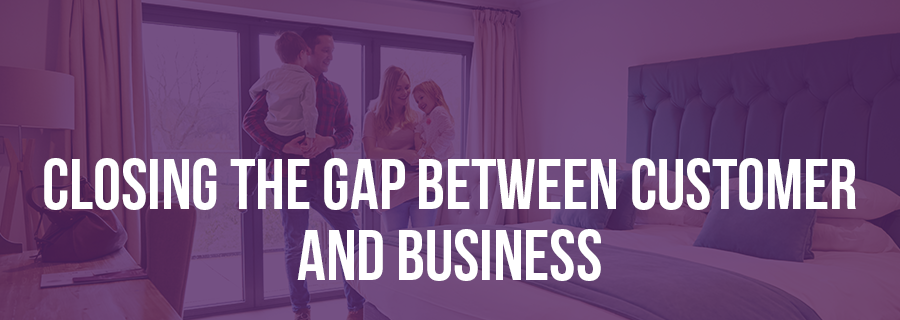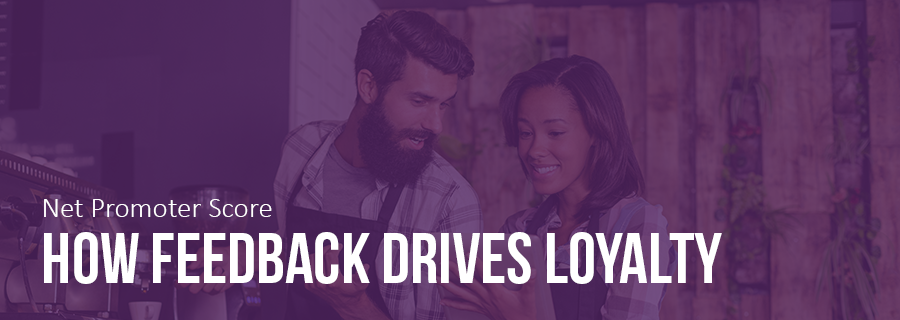Customer expectations are continually evolving. The key to keeping up? A well-implemented feedback loop that helps businesses stay in tune with what their customers truly want. Feedback loops are more than just tools—they’re a bridge between customer needs and business offerings, ensuring companies can adapt quickly, build loyalty, and continuously improve.
In this blog, we’ll explore how to implement an effective feedback loop, how to measure its success, and how to use it for ongoing growth.
What is a Feedback Loop?
A feedback loop is a structured process of gathering, analysing, and responding to customer feedback. It consists of three key steps:
- Collection: Capturing customer opinions and experiences.
- Analysis: Extracting actionable insights from this data.
- Action: Implementing changes and communicating back to customers.
Why Are Feedback Loops Important?
Effective feedback loops allow businesses to create better products, improve services, and ensure customers feel heard. This strengthens relationships, builds loyalty, and keeps a business in sync with its market. They help in:
- Increasing Customer Satisfaction: Showing customers their voices matter.
- Refining Products/Services: Adjusting offerings to meet evolving needs.
- Building Brand Loyalty: Customers stay loyal when they see meaningful action.
Implementing a Feedback Loop
Setting up a feedback loop is more than asking for feedback—it requires a strategic approach to ensure all stages of the process are effective.
1. Collection: Capturing Feedback Effectively
The first step is to collect feedback efficiently. This requires the right tools and a clear strategy to make sure all valuable data is gathered.
Channels for Feedback Collection:
- Instant Customer Feedback Surveys: Use structured tools like Net Promoter Score (NPS) and Customer Satisfaction Score (CSAT).
- Social Media: Social listening helps capture unfiltered feedback from public conversations.
- Live Chats and Customer Service: Customer interactions provide valuable insights.
- Website Widgets: Include feedback options within your website or app for direct input.
Best Practices:
- Targeted Questions: Ask specific questions that help uncover actionable insights.
- Timing is Key: Request feedback when experiences are fresh, such as immediately after a purchase.
- Multiple Channels: Make it easy for customers to share their thoughts in the way they prefer.
2. Analysis: Turning Feedback into Insight
After collecting feedback, the next step is to analyse the data to find patterns and key insights.
Analytical Tools to Use:
- Sentiment Analysis: AI tools can help interpret open-ended responses, identifying positive, negative, or neutral sentiment.
- Customer Segmentation: Break feedback down by demographics, purchase history, or other key factors.
- Trend Identification: Spot issues or suggestions that multiple customers mention frequently.
Best Practices:
- Track Key Metrics: Metrics like NPS or CSAT help quantify changes over time.
- Prioritise Issues: Not all feedback needs action at once; determine which suggestions will have the most significant impact.
3. Action: Closing the Loop
The most critical step in the feedback loop is acting on the insights you gain.
Steps for Taking Action:
- Prioritise Changes: Start with small, quick improvements while planning for larger changes.
- Communicate with Customers: Inform customers of the changes you’ve made. Let them know their voices mattered.
Examples of Actions:
- Product Updates: Address frequently requested features.
- Improving Customer Service: Provide additional training if feedback highlights issues with service quality.
- Refining Processes: Streamline areas like returns or website navigation if customers highlight problems.
Measuring the Effectiveness of Your Feedback Loop
It’s essential to measure how well your feedback loop is working to ensure it’s having the desired impact.
Key Metrics to Track:
- Net Promoter Score (NPS): Indicates customer loyalty and likelihood to recommend.
- Customer Satisfaction Score (CSAT): Measures how satisfied customers are after an experience.
- Customer Retention Rate: Improvements here can indicate a successful feedback strategy.
- Customer Effort Score (CES): Measures how easy it was for customers to complete an interaction, helping you minimise friction.
Qualitative Indicators:
- Customer Testimonials and Reviews: Positive customer stories and reviews often reflect that feedback is being effectively actioned.
Using Feedback Loops for Continuous Improvement
Feedback loops aren’t a one-off effort—they’re about building a culture of ongoing improvement. After taking action, businesses should go back to customers for more input, continuing the cycle.
Building a Culture of Continuous Feedback:
- Employee Engagement: Ensure employees are invested in understanding and using customer feedback.
- Transparency: Keep customers informed about changes and ongoing improvements.
- Regular Iteration: Use each round of feedback to make incremental improvements that align with customer needs.
How TellUsFirst Can Help
If you’re looking to establish an effective feedback loop, TellUsFirst is the partner you need. Our platform offers end-to-end solutions for collecting, analysing, and acting on customer feedback—all in one place.
Key Features of TellUsFirst:
- Multi-Channel Feedback Collection: Gather insights from surveys, social media, live chat, and more—all through a single interface.
- Advanced Analytics: AI-powered tools help you make sense of customer sentiment, trends, and the overall effectiveness of your actions.
- Actionable Customer Engagement: Easily close the loop by communicating the improvements and showing customers the impact of their feedback.
TellUsFirst helps you capture your customers’ voices effectively, understand what they’re saying, and then respond with precision and purpose. We make it simple for your business to grow through continuous feedback and improvement.
Get Started with TellUsFirst Today
A successful feedback loop can transform the relationship between your business and your customers. With TellUsFirst, you can collect insights efficiently, turn them into actionable plans, and deliver results that keep customers happy and loyal.
Interested in seeing how it works? Contact us today to find out how TellUsFirst can help you close the gap between what your customers want and what you deliver. With the right approach, feedback becomes a powerful tool for growth and lasting success.






